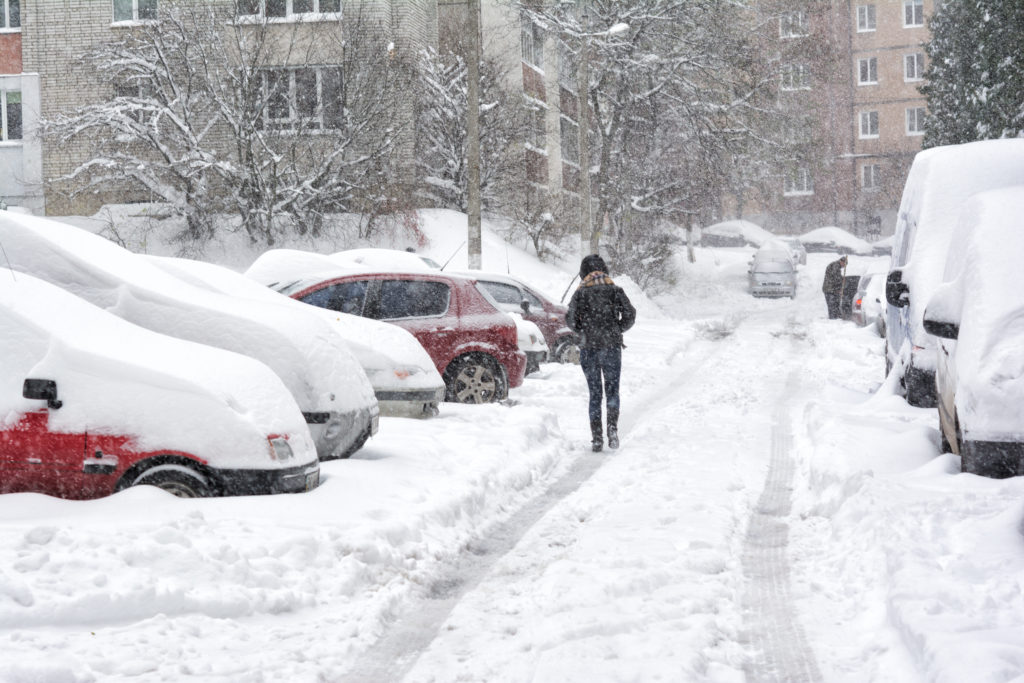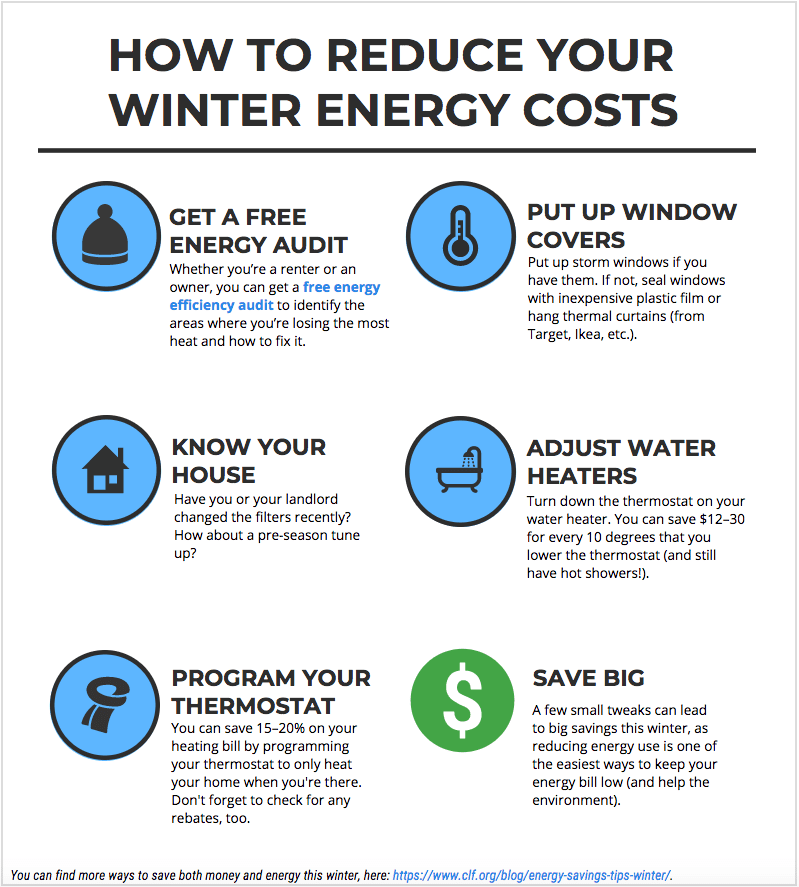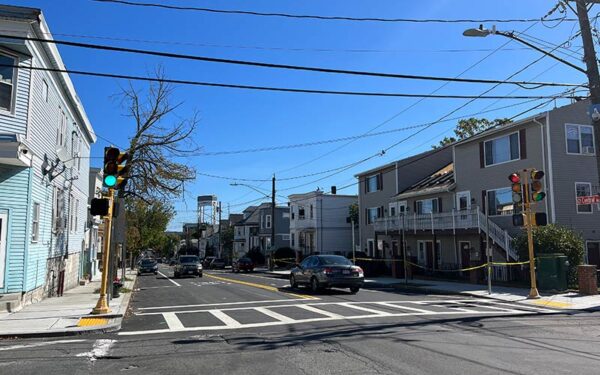
Photo Credit: Shutterstock
A version of this blog was originally published January 16, 2018.
We may be having a relatively mild winter here in New England (so far), but this time last year saw the beginning of a series of intense “bomb cyclone” winter storms. Right now, it’s the Midwest experiencing intense winter weather, with dangerously cold temperatures because of polar vortex winds. While we haven’t yet seen any storms of this magnitude in 2019, we know it won’t stay that way. So when the temperature drops, how can we stay toasty without turning up the thermostat so high it breaks the bank?
Why Last Year’s Winter Storm Was So Bad
Yes, this is New England, and yes, it gets cold in January and February. However, the cold snap last year was a little different. In Boston for instance, the weather hadn’t been that cold for that long since 1918. The reason for such an extreme cold snap? Climate change.
As climate change warms the world overall, it disrupts typical weather patterns, like the polar vortex that’s currently chilling the Midwest. This disruption can lead to currents of warm air sweeping north and cold air sweeping south, creating swirling storm patterns over the East Coast. This meeting of air currents slams together over the Eastern seaboard and swiftly drops atmospheric pressure. This can lead to blizzard conditions of heavy snow, high winds, and teeth-chattering cold.
How to Save on Your Winter Energy Bills
While gas companies clamor for us to spend billions on more pipelines to stave off non-existent energy shortages, (more gas pipelines will not help with winter price spikes either, to be clear), there are a few more practical ways to stay warm at home. So before you resign yourself to freezing despite wearing your winter coat inside, consider a few of these options.

Although you can’t implement every tip immediately, there’s still plenty of winter weather ahead. So after you put up your window covers, adjust your water heater, and program your thermostat, start thinking about the other ways you can save.
The Costs of Climate Change
All this is to say that global climate change has real effects here at home. It’s not an abstract problem for someone else to think about, but an issue that touches everything from your heating bills to your winter travel plans.
New England, with CLF nipping at its heels, has been at the forefront of fighting this. We’re constantly pushing for greater investments in energy efficiency, more renewable energy like wind and solar, stricter laws surrounding harmful carbon emissions, and more.
But here’s the thing – fighting climate change is also good for business. Clean energy and energy efficiency efforts create good jobs across the region. It’s a win-win-win: saving our climate, saving our paychecks, and helping our economy thrive.
Climate change is a fight for everyone, so while you work on your own climate change resolutions for 2019, consider helping us with ours.



